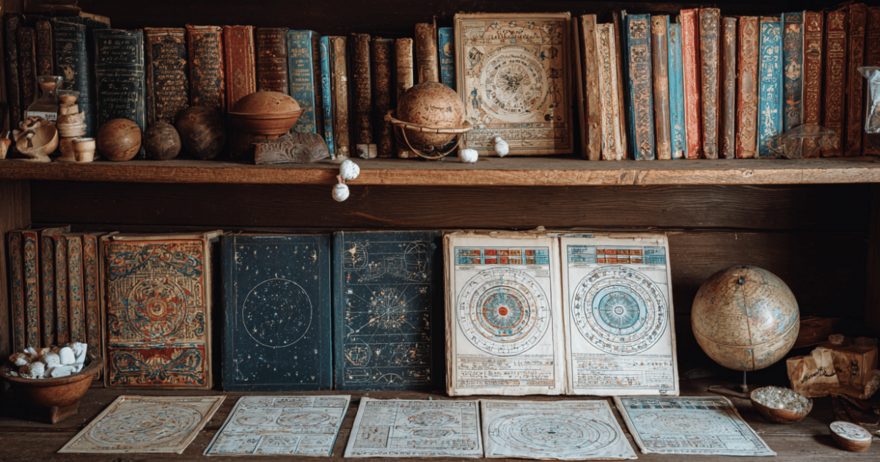
As both a naturopath and a medical astrologer, I often get asked where this practice comes from and how it fits into modern healthcare. Many people are surprised to learn that for most of human history, astrology and medicine were inseparable.
From Babylonian star charts to Renaissance herbalists, astrology shaped the way physicians understood the body and treated illness. Yet today, our role as medical astrologers looks very different. We’re not here to diagnose or prescribe, but to work ethically alongside modern medicine, offering insight into constitution, patterns, and prevention.
Let me take you on a journey through the history of medical astrology and explain how we practise it responsibly today.
Ancient Origins: Stars, Gods, and the Human Body
The roots of medical astrology go back over 2,000 years.
- Babylonia and Egypt: Some of the earliest records link the movements of planets and stars with omens of health and disease. The “zodiac man” image, mapping signs of the zodiac to different parts of the body (Aries = head, Pisces = feet), can be traced back to these cultures.
- Greece and Hippocrates: Known as the father of medicine, Hippocrates is often quoted as saying: “A physician without a knowledge of astrology has no right to call himself a physician.” Whether or not the wording is exact, it reflects how central astrology was to ancient healing.
- Humoral theory: Greek physicians believed health was governed by four humors (blood, phlegm, yellow bile, black bile), each linked to planetary and elemental qualities — hot, cold, wet, and dry. Astrology provided a framework for understanding imbalances and choosing treatments.
- Claudius Ptolemy: In his Tetrabiblos (2nd century CE), Ptolemy codified astrological correspondences still used today, including planetary rulerships over organs and signs.
For the ancients, the heavens and the human body were mirrors of one another — a cosmic blueprint for health.
The Middle Ages and Renaissance: Astrology in Universities and Medicine
By the medieval period, astrology was part of formal medical training.
- Universities: Across Europe, medical students were required to study astrology alongside anatomy and herbalism.
- Zodiac man: Illustrations of the “homo signorum” (zodiac man) were pinned in apothecaries and hospitals, reminding physicians which body parts were ruled by each zodiac sign.
- Paracelsus (1493–1541): A physician, alchemist, and astrologer, Paracelsus argued that diseases were caused by external influences and that planetary energies should guide treatment. He famously said: “That which is looked upon as astrology is nothing else but the sum total of natural philosophy.”
- Nicholas Culpeper (1616–1654): Culpeper’s Herbal assigned plants to planets and used astrology to determine their medicinal uses. Many modern herbalists still reference his work today.
In this era, it was common for doctors to consult the stars before bloodletting, surgery, or prescribing remedies.
Decumbiture Charts and Daily Practice
One of the most important medical astrology techniques was the decumbiture chart.
This chart was cast for the moment a patient first fell ill or “took to bed.” By analysing planetary positions, an astrologer could assess the nature of the illness, its likely course, and when recovery might be expected.
Decumbiture charts guided decisions such as:
- When to begin treatment.
- Which herbs or remedies might be most effective.
- Whether the illness was acute and passing or likely to become chronic.
Medical almanacs, widely published in the 16th and 17th centuries, gave the general population health advice tied to planetary transits and lunar phases. For example, people were told when it was safe to perform bloodletting or when to avoid certain foods.
Astrology in Our Language and Symbols
Even though astrology was pushed out of mainstream medicine in later centuries, its influence lingers in surprising ways.
- Influenza: The very word comes from the Italian phrase influentia delle stelle — the “influence of the stars.”
- Prescription symbol ℞: This derives from the astrological glyph for Jupiter, long associated with healing, benevolence, and expansion. Invoking Jupiter was thought to bring positive outcomes for treatment.
- Medical terms: Words like melancholia (black bile, Saturn’s influence) and lunatic (madness linked to the Moon) reflect the astrological worldview embedded in early medicine.
Our modern vocabulary carries the traces of this once-intimate relationship between the stars and health.
The Decline of Astrology in Medicine
From the 17th century onward, medicine began to shift. Advances in anatomy, the scientific method, and pharmacology created a new model of health that excluded astrology.
By the 19th century, astrology was largely dismissed as superstition. It survived on the margins — in almanacs, folk traditions, and esoteric circles — but no longer held authority in universities or hospitals.
Yet the symbolic and energetic correspondences never disappeared. Practitioners like Culpeper, and later astrologers in the 20th century, kept these traditions alive for future generations.
The Modern Revival of Medical Astrology
In the 20th century, medical astrology experienced a quiet revival.
- Ivy Goldstein-Jacobson (1893–1990) and Jane Ridder-Patrick were among the astrologers who reintroduced health correspondences to modern astrology.
- Schools such as The Faculty of Astrological Studies (UK), American Federation of Astrologers (AFA), and International Academy of Astrology (IAA) made medical astrology teachings more accessible to students worldwide.
- Michael and Margaret Erlewine – founders of Matrix Software (1970s), one of the first astrology software companies, who digitised many medical astrology techniques and made them widely accessible.
- Increasing interest in holistic health, naturopathy, and Ayurveda created space for astrology to re-emerge as a complementary system.
Today, medical astrology is practised worldwide but always with an awareness of modern ethics and boundaries.

Ethics in Modern Medical Astrology
This is where my own practice is rooted. Unlike our ancestors, we don’t predict or diagnose illness. That’s the role of trained medical professionals.
Instead, I use astrology to:
- Assess constitutional strengths and vulnerabilities.
- Understand how a client’s system copes with stress, change, and cycles.
- Explore energetics: hot/cold, tense/relaxed, dry/moist.
- Guide supportive routines, preventative care, and lifestyle awareness.
There are clear ethical lines:
- No diagnosis: Only licensed doctors diagnose.
- No fear-based language: Saying “this transit causes cancer” is both inaccurate and harmful.
- No determinism: Astrology is about patterns and possibilities, not fixed outcomes.
When teaching, I remind students: our language has power. We’re here to support, not frighten. The role of a medical astrologer is to empower clients with awareness, not trap them in fear.
Complementary, Not Competitive
In modern practice, I see medical astrology as complementary to modern medicine, not in competition with it.
- Medical science gives us tests, treatments, and life-saving interventions.
- Astrology adds context, meaning, and energetic understanding.
- Together, they offer a more holistic picture of health.
For example, someone with recurring digestive issues may see multiple doctors for tests and treatment. In astrology, I might notice a strong Virgo–Pisces axis in their chart, suggesting sensitivity in assimilation and immunity. That doesn’t replace medical care — but it does highlight where lifestyle, routines, and stress management can make a real difference.
Learning to Practise Responsibly
The history of medical astrology is vast — from Babylonian star omens to Culpeper’s herbal remedies, from decumbiture charts to modern holistic practice. It has shaped our language, our medical symbols, and our cultural understanding of health. Today, our task as medical astrologers is not to replicate the past, but to honour it and to practise with responsibility, ethics, and respect for modern medicine. When we do that, astrology becomes what it was always meant to be: a guide, a mirror, and a tool for healing awareness.
For those of you curious about medical astrology, I encourage you to approach it with both reverence for its history and awareness of modern ethics.
In my lecture 'Health Assessment Through the Natal Chart', I share the exact framework I use to assess health constitutionally through the natal chart. You’ll learn how to read patterns responsibly, how to avoid deterministic language, and how to support clients (or yourself) with insight and care.
Learn how to apply medical astrology ethically in modern practice: Health Assessment Through the Natal Chart.
